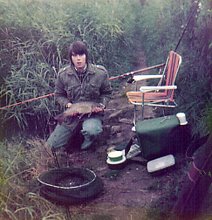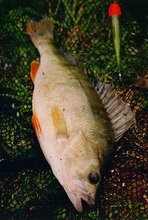 |
| Formed around a dripping hose... |
First, I made some soup. I'd already made bread, but I thought if we're going for a walk in this we'll need something warm and substantial on our return. My basic vegetable soup recipe is HERE. That done we dressed up so warmly until we looked like unfashionable Michelin Men and tying boot laces became a laborious task. then we sallied forth.
It's been very cold for a week or so now. This time last year we were languishing in dry, unseasonably warm weather, there was a hosepipe ban in the southern counties and it was due to be very dry into April. Little did we know what was to follow or that our summer had pretty much happened.
 |
| Early primroses are showing... |
My wife and I just had to get out for a walk though, cold or no cold. We had been working away indoors at the NEC and were suffering from Cabin Fever. It was just 1 degree outside, but a bitingly cold north easterly breeze made it feel more like -5 or so.
 |
| Bracket fungi .... |
My iPhone captured some of the frozen sculptures that could be found with a watching eye and as you can see from the icicle around the blue hose, it was jolly cold. There was still some life working its way through though; early primroses and hazel catkins were abundant, but the Bluebell buds that were very obviously coming through last year, are pretty much conspicuous by their absence today.
hot soup and warm bread in front of a wood fire was a wonderful treat when we got back home and our faces were soon glowing as we drank our tea and relaxed on the sofa.
But it was good to get out, even in the cold.
 |
| Homemade soup and bread |
















